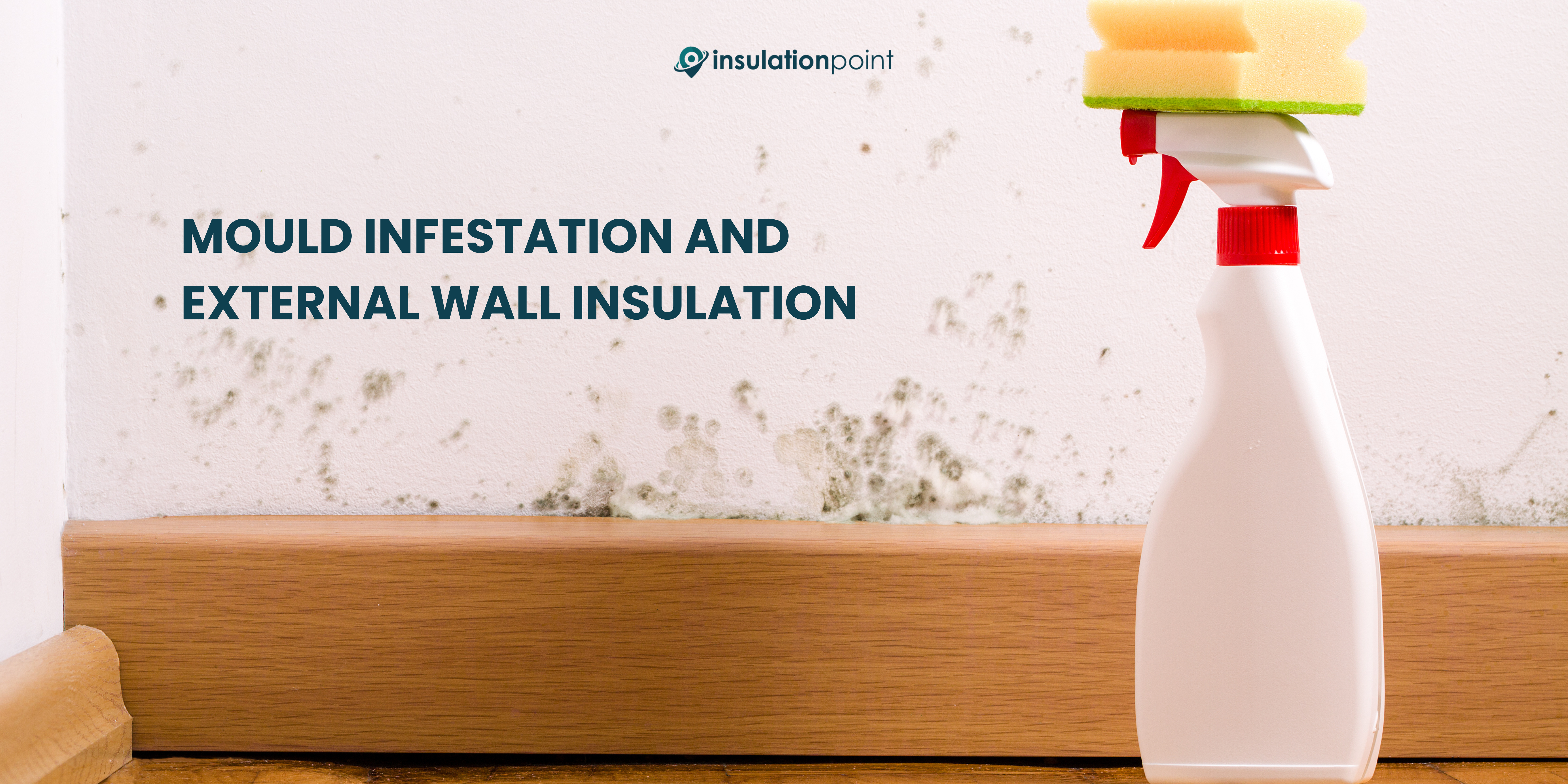Mould Infestation and External Wall Insulation


Introduction
Mould, the silent intruder, can wreak havoc on our homes, affecting not only the structural integrity but also the health of its occupants. As we dive into the depths of this persistent problem, we'll explore the insidious nature of mould and unveil the game-changing solution that external wall insulation brings.
Understanding Mould
Mould is a kind of fungus that likes to grow in wet and humid places. It reproduces by producing tiny, airborne spores that can settle and grow on various surfaces. While mould is a natural part of the environment, its presence indoors can lead to a myriad of issues.
Health Concerns:
Mould spores can trigger respiratory problems, allergies, and other health issues. Prolonged mould exposure can lead to more severe conditions, particularly in individuals with compromised immune systems.
Structural Damage:
Mould can compromise the structural integrity of a building by breaking down organic materials. This includes wood, drywall, and insulation, leading to weakened foundations and potential safety hazards.
Aesthetic Damage:
Beyond health and structural concerns, mould also tarnishes the aesthetic appeal of a home. Unpleasant odours, unsightly stains, and visible mould growth can diminish the overall appeal of living spaces.
External Wall Insulation: A Shield Against Mould
Now, let's explore how external wall insulation serves as a formidable shield against the infiltration of mould and its associated problems.
Moisture Control:
One of the primary reasons for mould growth is excess moisture. External wall insulation is a barrier, preventing moisture from penetrating the walls. By reducing the risk of dampness, it creates an inhospitable environment for mould to flourish.
Thermal Efficiency:
External wall insulation enhances the thermal efficiency of a building, reducing the likelihood of condensation. Condensation, a common precursor to mould growth, occurs when warm air meets a cold surface. The insulation helps maintain a consistent temperature, minimising the conditions conducive to mould formation.
Breathable Protection:
While external wall insulation keeps moisture out, it also allows the walls to breathe. This breathable protection ensures that any moisture within the walls can escape, preventing the build-up that could lead to mould problems.
Energy Savings:
Apart from its mould-resistant properties, external wall insulation offers the added benefit of energy efficiency. By providing a robust thermal barrier, it reduces the need for excessive heating or cooling, resulting in lower energy bills.
Conclusion
In the battle against mould, external wall insulation emerges as a hero, offering a holistic solution to the pervasive issues associated with mould infestation. From health concerns to structural damage, the transformative power of external wall insulation goes beyond aesthetics, creating homes that are not only beautiful but also safe and healthy for their occupants. As we embrace the future of home improvement, let us recognize the significance of this innovative approach in building spaces that stand resilient against the silent menace of mould.








